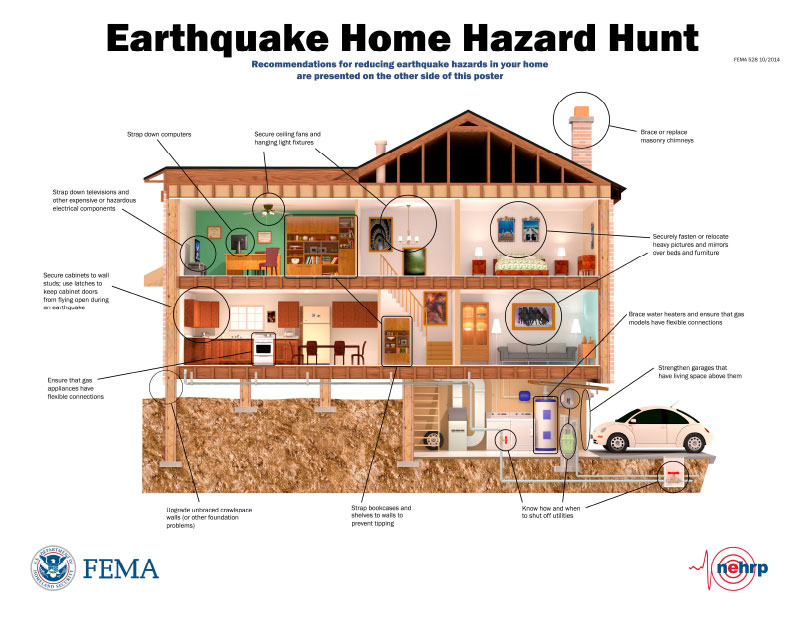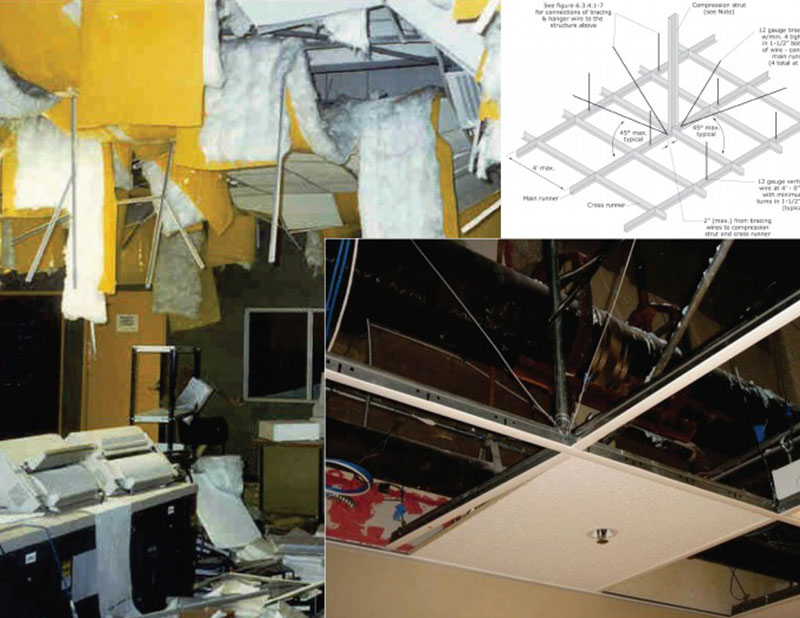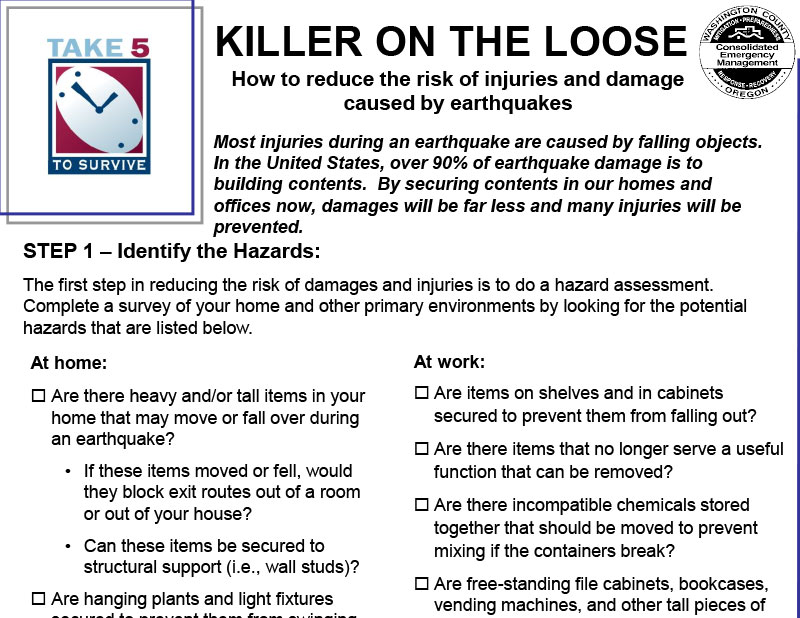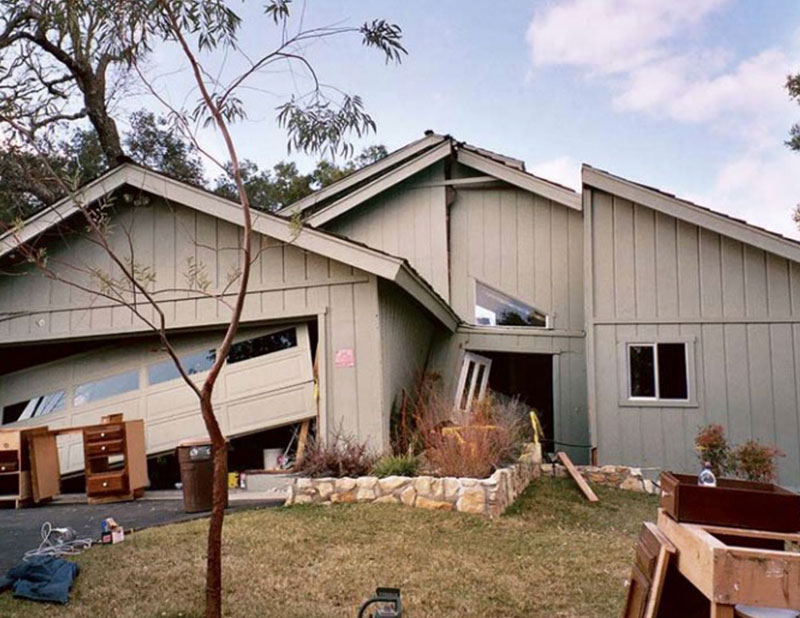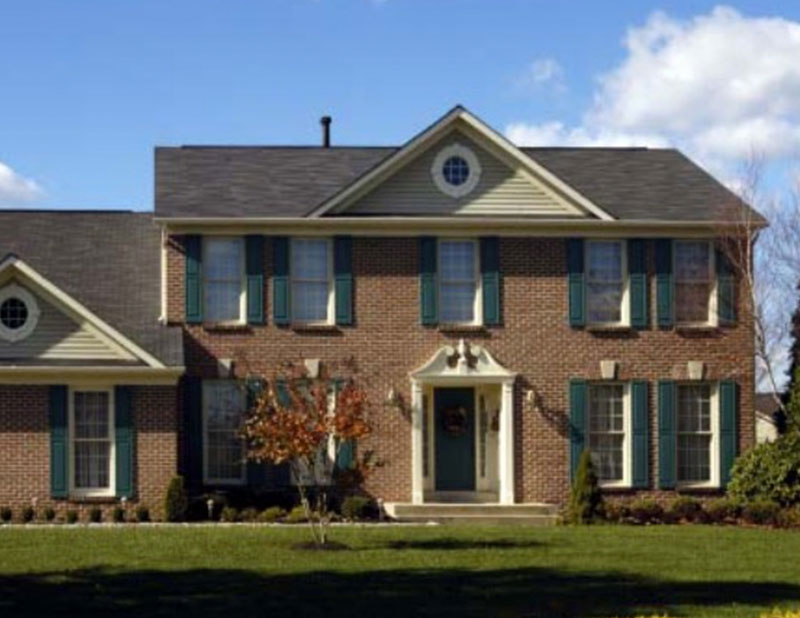Build a kit
Build a kit
Kit essentials:
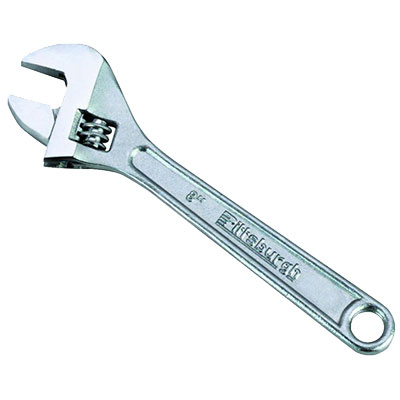
Adjustable pipe or crescent wrench for turning off water and/or natural gas
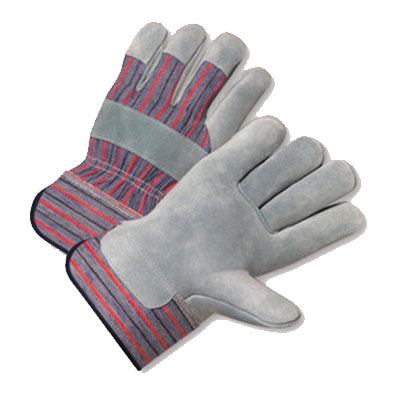
Work gloves
and protective goggles
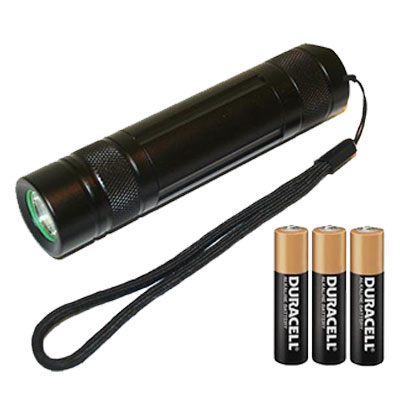
Flashlight with extra batteries
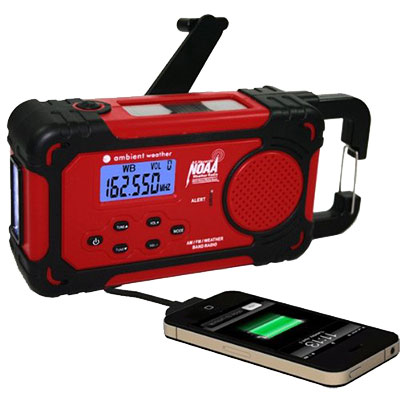
Hand-crank radio

Water
(minimum one gallon per person, per day)
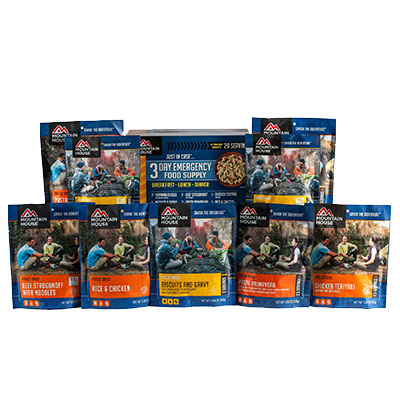
Canned, dried, or other long-lasting food
(minimum 14 servings per person)
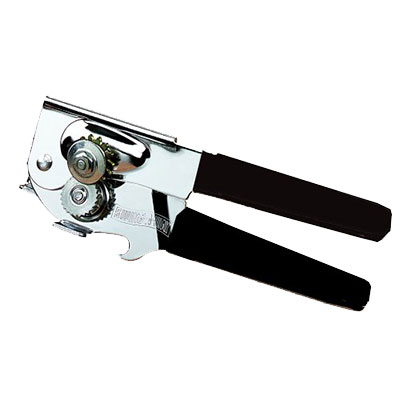
Can opener (manual) and other cooking utensils
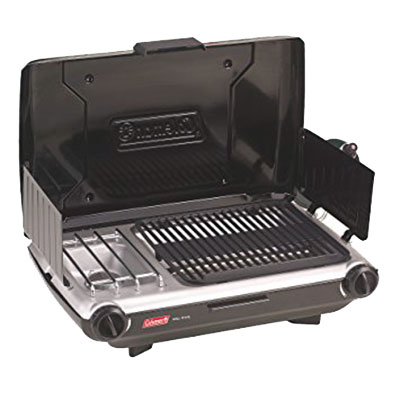
Grill and fuel for outdoor cooking (charcoal or propane)
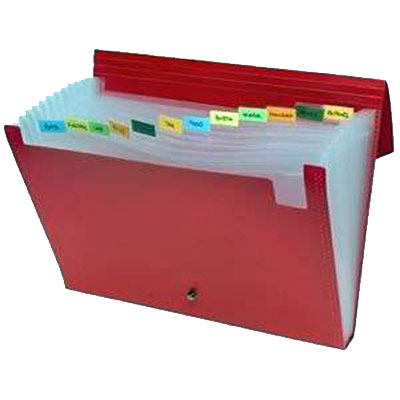
Copies of vital documents (birth certificates, insurance policies, wills, bank info, etc.)
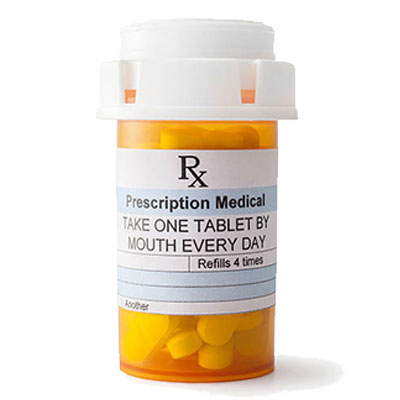
Prescriptions plus over-the-counter medications for the whole family as well as pets

Deck of cards, board games, books, etc.
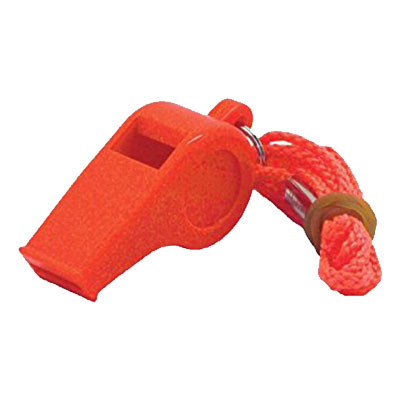
Whistle
to signal for help
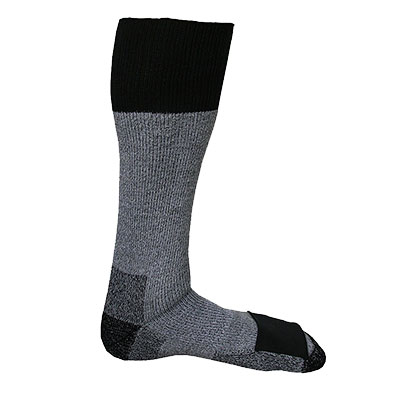
Extra socks and rain gear (such as a poncho)
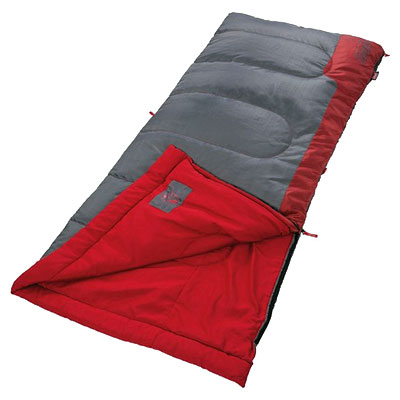
Sleeping bag or blankets and a tent
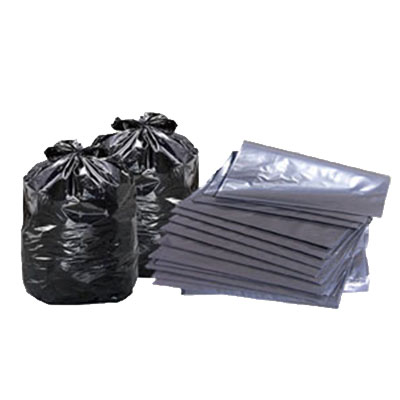
Heavy-duty plastic bags (for waste and to serve as tarps if necessary) and duct tape
Home
Be prepared at home
Comprehensive preparedness requires the whole community to participate and FEMA places tremendous value on communities that embrace a local "Neighbors Helping Neighbors" approach. This approach empowers community leaders to involve and educate individuals from their community about simple steps one can take to become more prepared. Forty-six percent of individuals expect to rely a great deal on people in their neighborhood for assistance within the first 72 hours after a disaster. When the whole community comes together to respond to and help recover from these emergencies we can often meet the needs of everyone.
Build a Home Inventory
Know your neighbors
Knowing your neighbors can give you a critical advantage during an emergency. Good community relationships can help keep your family and neighborhood safe and simplify your family communication plan.
Trust your neighbors
Make arrangements with your neighbors to check on each other's homes and pets when traveling.
Inventory skills
Find out what specialized knowledge, skills, and even equipment your neighbors possess.
Knowing what is available to you in the event of a disaster can make your response more effective.
Meeting place
Establish a meeting place for your neighborhood.
Be educated
Prepared neighborhoods equal a prepared city. There are a number of links at ready.gov that can help your neighborhood be ready for disaster and embrace a neighbors helping neighbors approach to preparedness.
Reach out
If your neighborhood is interested in starting an emergency preparedness plan, reach out to Albany Emergency Management, to be connected with people in your area!
Albany is at risk of earthquake, but you can take steps to protect your family, home and its contents.
Nonstructural Mitigation (you can do yourself):
Most injuries in an earthquake are caused by falling objects and most damage is done to the things we have inside our homes and businesses. By securing those contents now you can reduce injury and damages.
Earthquake Home Hazard Hunt
Secure your water heater
Structural Mitigation (you may need help from a contractor):
The information provided below provides information on steps to correct common structural weaknesses that can result in your home being damaged by earthquakes. The information provided on this site is intended to provide you with information on steps you can take to correct common weaknesses that can result in your home being damaged by earthquakes.
Structural Issues (taken from FEMA document 530)
Resources
Finances
The Oregon Division of Financial Regulation has helpful videos for you on how to be financially prepared for a disaster.
Disaster preparedness
Disaster preparedness en español
Renters insurance
Renters insurance en español
Kids
Be prepared with kids
Children can be especially sensitive to the emotional stress of an emergency. Parents can help prepare children by including them in the planning process and answering their questions about safety. Make sure your children take part in your preparation process and ensure that you have included supplies that make them feel comfortable and safe.
Be sure to teach your children the following:
- Basic emergency response plans, such as your family evacuation plan, "Drop, Cover, and Hold", and practice them together
- How and when to dial 9-1-1; role-play 9-1-1 calls with them
- How to dial your home telephone number and important cell phone numbers
- How to reach an out-of-area family contact
- Their basic contact information
- What natural gas smells like and what they should do if they smell it
- What to do if a parent becomes ill and the child is home alone
School / Day Care
Know your child's school or day care emergency plan. Find out where children will be taken in the event of an evacuation during school hours. Keep your contact information up-to-date at your child's school. Authorize a friend or relative to pick up your children in an emergency and let the school know who that designated person is. Put your child's emergency plan card on file at his or her school.
Additions to the Emergency Kit and Go Bag
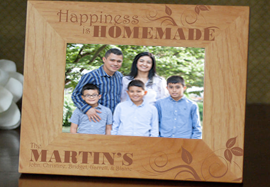
A recent family photograph

Comfort foods
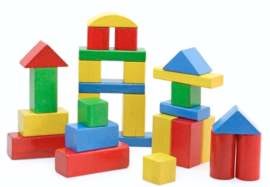
Toys and games
School
Schools must prepare to deal with the same types of emergencies that threaten any work place or home. Fires, natural disasters, contagious diseases and increasingly, criminal activity require preventive and response measures.
What you can do
- Include your children in planning for an emergency.
- Teach them how to get help and what to do in different situations.
- Practice your household disaster plan with your children and quiz them about preparedness information.
What you should know
- Find out what your child's school does in the event of an emergency and know the school's emergency plans.
- Find out where you can pick up your child during a school evacuation.
- Ensure that the school has up-to-date contact information for you and at least one other relative or friend.
- Find out if you can authorize a friend or relative to pick up your children in an emergency if you cannot.
What every child should know
- Family name, address and phone number, and know where to meet in case of an emergency. Children too small to memorize this could carry a small index card that lists emergency information. You could clip it to their shirt or place it in a pocket.
- Family contact information for use in an emergency.
- How to identify the smell of gas. Tell them that if they smell it, they should tell a grown-up or leave the building.
- How and when to call 911.
Resources
Work
In order to protect the health and safety of their employees and their businesses, business owners and managers should:
- Maintain an emergency supply kit that includes survival items such as water, flashlights and a first aid kit.
- Develop continuation of operations/business continuity plans before disaster strikes.
Over 40% of businesses NEVER reopen after disaster, and of those that do only 29% remained open after 2 years.
Recommendations to make sure your business survives disaster
Program Management
- Organize, develop and administer your preparedness program
- Identify regulations that establish minimum requirements for your program
Planning
- Gather information about hazards and assess risks
- Conduct a Business Impact Analysis (BIA)
- Examine ways to prevent hazards and reduce risks
Implementation
Write a preparedness plan that addresses:
- Resource management
- Emergency response
- Crisis communications
- Business continuity
- Information technology
- Employee assistance
- Incident management
- Training
Testing Plans and Exercises
- Test and evaluate your plan
- Define different types of exercises
- Learn how to conduct exercises
- Use exercise results to evaluate the effectiveness of the plan
Program Improvement
- Identify when the preparedness program needs to be reviewed
- Discover methods to evaluate the preparedness program
- Utilize the review to make necessary changes and plan improvement

